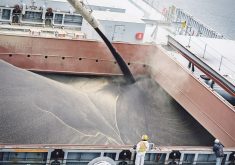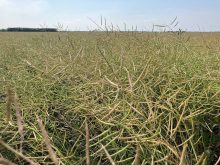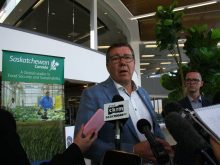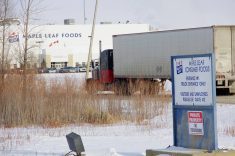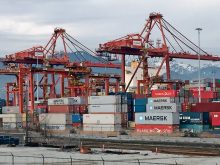SASKATOON — The U.S. Department of Agriculture says China’s rapeseed crop might be vastly smaller than official estimates.
The China National Grain & Oils Information Center forecasts 2025-26 rapeseed production at 17.1 million tonnes, up slightly from 17 million tonnes the previous year.
“Private sector contacts continue to maintain that China’s actual rapeseed production may be considerably lower than Beijing’s official number based on their estimates of the operational pace and capacity of crushing plants in their respective regions,” the USDA’s Foreign Agricultural Service (FAS) stated in its recent China Oilseeds and Products Update.
Read Also
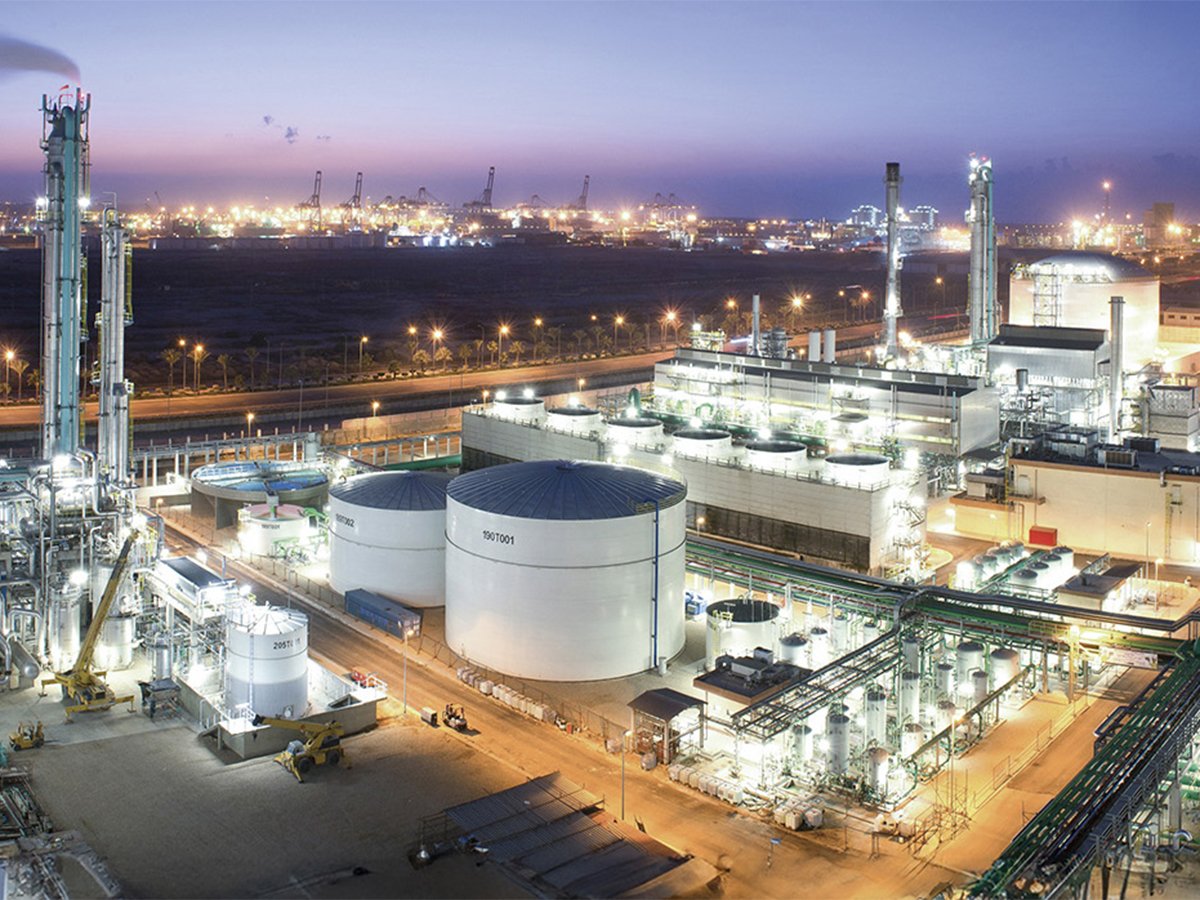
Genesis Fertilizers seeks government funding
Genesis Fertilizers is actively seeking funding from government and a strategic partner. The company dispelled a rumour that DL E&C has abandoned the project.
“One leading industry source estimates that China’s rapeseed production is 12.4 million tonnes, with planted area of (13.59 million acres).”
Western Producer Markets Desk analyst Bruce Burnett is not at all surprised that the government number is much bigger than what the industry is forecasting.
“They’re probably wildly optimistic on their domestic production,” he said.
China has a vested interest in inflating its production estimate because it is waging an oilseed trade war with Canada and the United States and does not want other exporters thinking it is short supplies.
FAS is going with something between the two extremes, estimating the crop at 15.9 million tonnes, based on 18.53 million acres.
It is forecasting 3.1 million tonnes of canola imports in 2025-26, down from 4.5 million tonnes last year due to China’s imposition of a 75.8 per cent anti-dumping duty on Canadian canola seed imports.
China’s Ministry of Commerce announced Sept. 5 that it was extending its final determination investigation until March 9, 2026, due to the complexity of the case.
“In principle, this would allow new evidence to be presented that could result in a different final determination,” stated the FAS.
Burnett thinks China’s import number could be higher than what the FAS is forecasting as other exporters such as Ukraine and possibly Australia step in to fill the gap.
COFCO International, China’s largest food processor, manufacturer and trader, has begun testing shipments of canola from Australia, according to the FAS.
Australian canola imports have been blocked since 2020 due to phytosanitary concerns over blackleg, a fungal disease. COFCO is testing the effectiveness of Australia’s new cleaning procedures.
No Australian canola shipments have appeared in China’s official import statistics through July 2025.
Burnett said this is not a good time of the year to be importing Australian canola anyway because harvest was about nine months ago.
Any import activity would probably have to wait until new crop becomes available in December.
The Australian government is forecasting 6.38 million tonnes of production, which is about the same as last year.
If China’s rapeseed crop is short and Canadian imports are blocked, it will cause hardship for the country’s crushers and other sectors.
“Demand for rapeseed, especially from the growing aquaculture sector, remains robust, and a number of crushing plants have made specific investments to crush imported rapeseed,” said the FAS.
“Rapeseed oil is popular in some regional cooking styles, and demand is strong when it is price competitive.”
Burnett said it is going to be difficult for China to balance supply with demand in 2025-26.
That doesn’t mean they will be forced to cave and drop the tariff on Canadian canola. They can delay purchases and substitute oils if needed.
However, it might provide the impetus to sit down at the negotiating table. Burnett believes any potential agreement would happen after China and the United States settle their trade war.
U.S. president Donald Trump is scheduled to meet with Chinese president Xi Jinping at the end of October.
The U.S. has not sold any soybeans to China this year, and time is ticking because Brazil’s soybeans become available at the end of January.
Canada would still have plenty of time to ship canola to China if the two nations could somehow resolve their differences in the coming months.
“If an agreement is reached, we could see an impact in the second half of our marketing year,” said Burnett.




